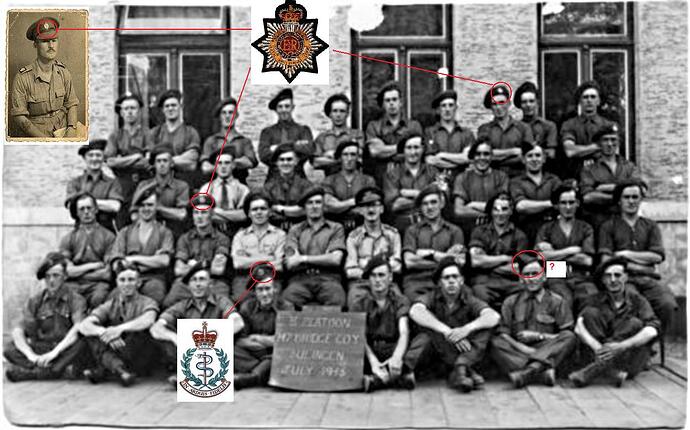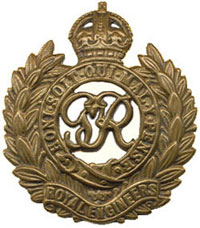Hi,
Does anyone here know where this picture was sourced from?
I found this picture in the Photos section of this website.
Is the person who uploaded it a member of this forum?
Do they have any information about the picture?
My (now deceased) father is one of the soldiers in this photo (front left, wearing beret at non-regulation angle).
Unfortunately, I cannot make out most of the writing on the sign held in front of the assembled squaddies.
The title/description given to the picture is:
The 75.British Platoon “model” for photo
So I presume the top line on the chalk-board says ‘75 Platoon’ (I can read the word ‘Platoon’, but cannot clearly make out the number to its left).
And I can read the bottom line: ‘July 1945’.
But my eyes are not too great these days; I cannot read the two middle lines.
I suspect those two middle lines contain info about the location and perhaps about the unit.
If it was just some photo of anonymous soldiers from WW2, I probably wouldn’t be terribly interested. After all, this is hardly a rivetting shot of heroic action.
But as my father is one of the squaddies pictured, I really want to fnd out as much as I can about this photo.
If anyone here has the original I would love to purchase it (or a photographic copy/reprint of it).
Can anyone help me?
Pete






